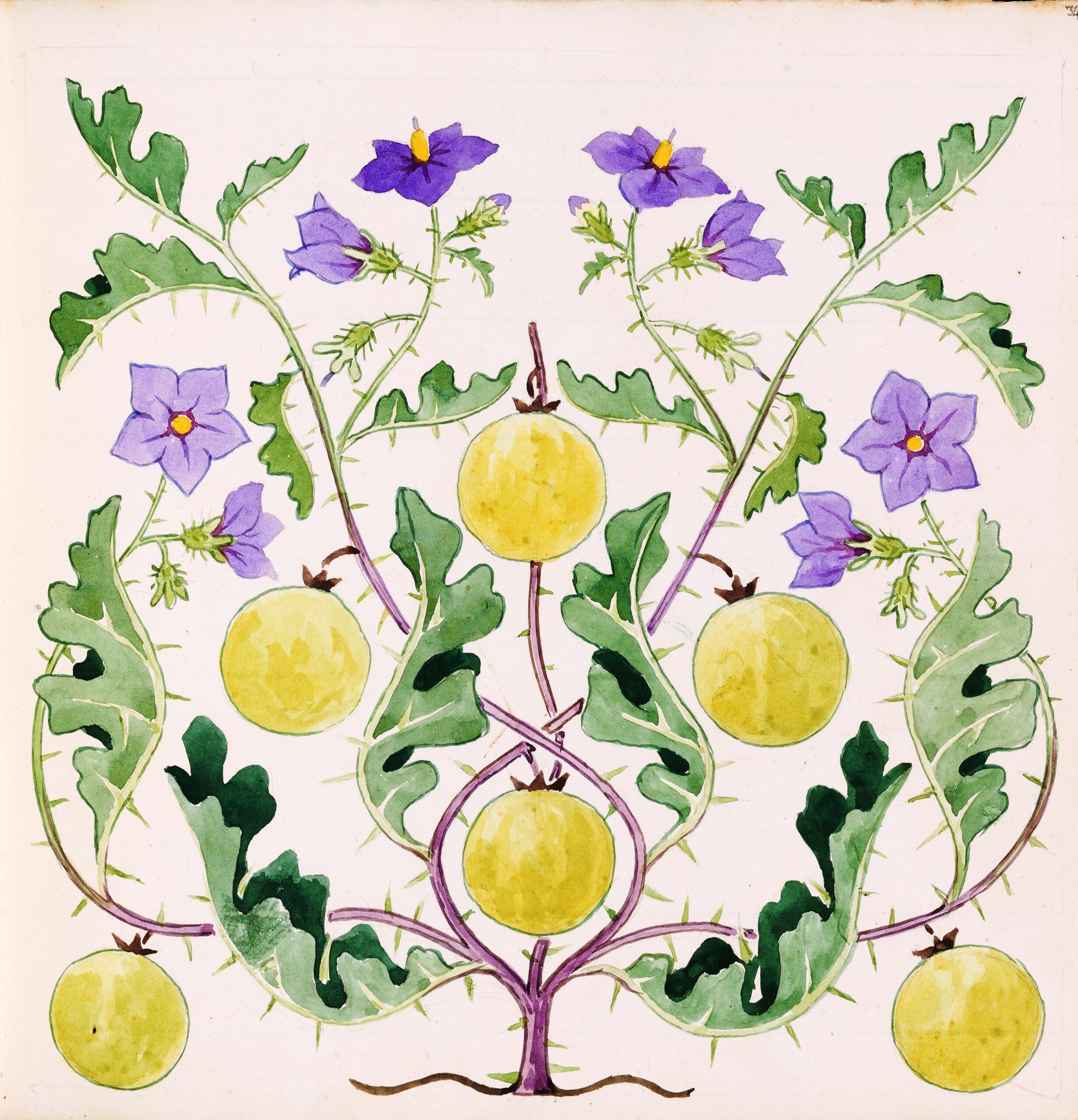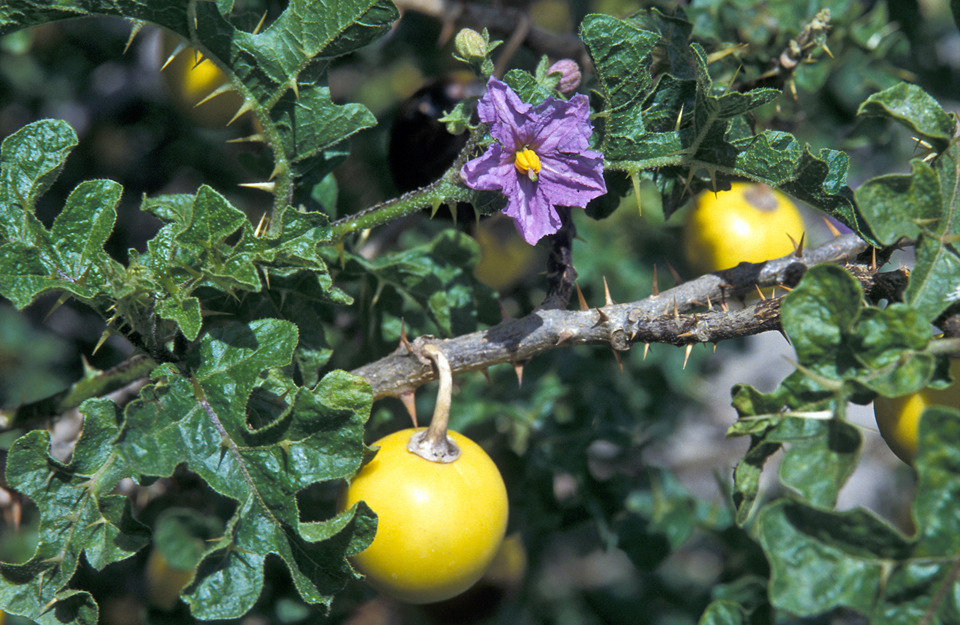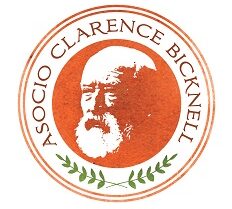
Clarence Bicknell created this symmetrical pattern in one of the vellum-bound albums now in the Fitzwilliam Museum, Cambridge. It’s the Solanum linnaeanum Hepper & P. – Genus Solanum
Family: Solanaceae, which includes food crops of high economic importance: the potato, the tomato and the eggplant (aubergine, brinjal). The family contains also nightshades (Solanum dulcamara) and horse nettles (Solanum carolinense native to the S.E. of USA) for medicinal use (for tincture or infusion using leaves, stems, sometimes roots, never fruits), but also toxic plants that must be treated with respect (Devil’s apple).
Clarence drew and painted this plant which certainly saw on the coasts of Liguria or Sicily or Sardinia or in his voyages as this plant loves high temperature and cannot grow in weather below 10 degrees C.. Original of the Cape of Good Hope in South Africa the Solanum linnaeanum was introduced in the Mediterranean at the beginning of the 1700s and now can be found on the coasts from Spain, France, Italy to Greece and North Africa. Very similar to Solanum pyracanthum which has longer thorns. Need sand soils.
The plant is perennial in shrubby form and can grow up to 2 metres, has bright green dentated leaves, flowers in cluster of a fine violet colour (the potato has similar star-shaped flowers but are white) and is yellow in the centre. Each flower has five petals. In flower from May to November. Then loses all the leaves. Fruits are round, attractive and similar to green little round tomatoes that turn from green to yellow and then blackish. The plant is toxic and poisonous, with thorns on stems and leaves and at the basis of flowers.

It is also known as Solanum sodomaem for the legend from the Bible saying that after the fire which destroyed Sodom the soil became barren and nothing could grow apart from this plant which had fruits nice to look at but with ash and black seeds inside (known as Apples of Sodom). Similarly, the Apple of Sodom is also, in medieval mythology, a gigantic tree supposed to have grown on the site of the destroyed cities Sodom and Gomorrah (see Genesis 18–19 in the Bible), the apples of which would turn to ash and smoke once picked.
No.55 in our series of fascinating botany and art by Clarence Bicknell. We thank Elisabetta Massardo for the research and this text and the Fitzwilliam for the permission to reproduce the image.

